Dunu SA6 Review - Mid-level Reference
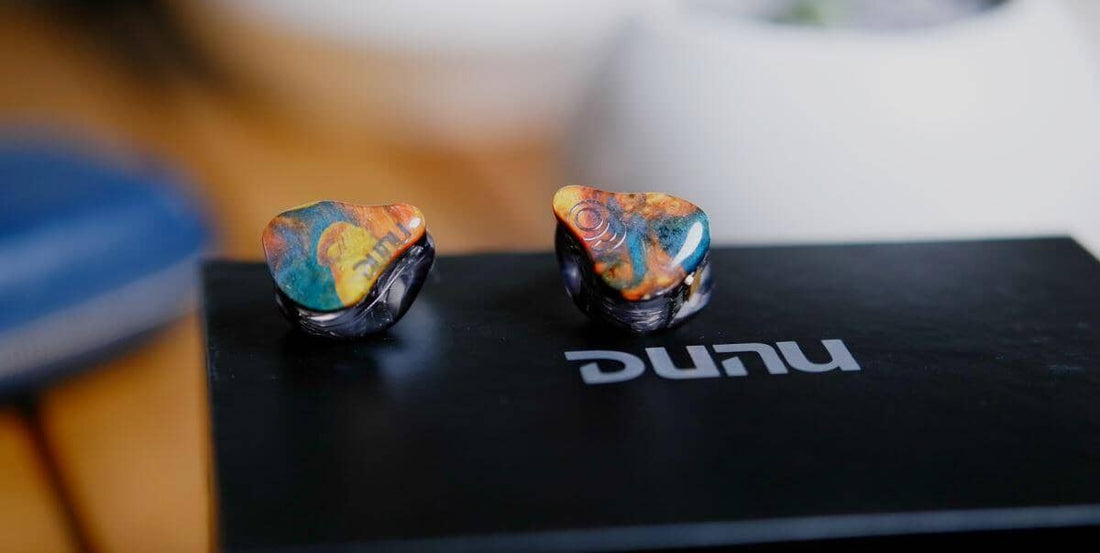
Dunu Studio SA6 Review
Introduction
The Studio SA6, or simply “SA6” as it’s more commonly known, is a midrange IEM from Dunu, and it retails for $549.99. As suggested by its name, the SA6 is utilizing six balanced armature drivers that cover different frequency ranges. In this review I’ll be sharing my experience with the SA6, and I’ll be sharing my thoughts on how it compares to some of the similarly-priced IEMs I’ve had the opportunity to listen to.
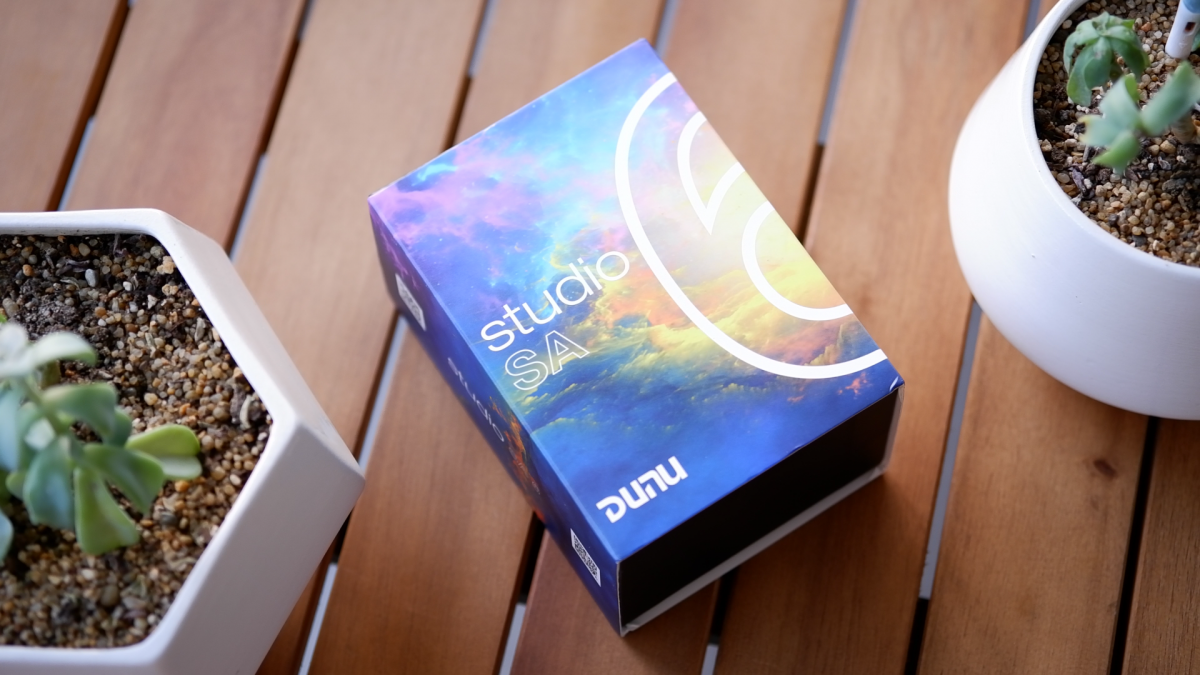
Sources and Music Used in Listening Tests
All the listening for this review was done on the Astell & Kern SR25 , and the Astell & Kern Kann Alpha . For the listening tests I used music from a wide variety of genres including Rock, Jazz, Classical, Acoustic, Hip-Hop, and latin. I played tracks from my own FLAC library, as well as from Qobuz and Tidal via Roon when using the Kann Alpha in DAC mode.
Accessories
Included with the SA6 is a sweet array of accessories. Inside their rather colorful box, you’ll first be greeted by a blue, Dunu carrying case which, despite being what I’d described as a medium size, does have a low profile that keeps it easily pocketable.
Also included is a generous assortment of silicones eatips. I will note right away, though, that despite the difference in their colors as well as varying driver opening sizes, I personally could not hear an acoustic difference between them–at least not a significant one.
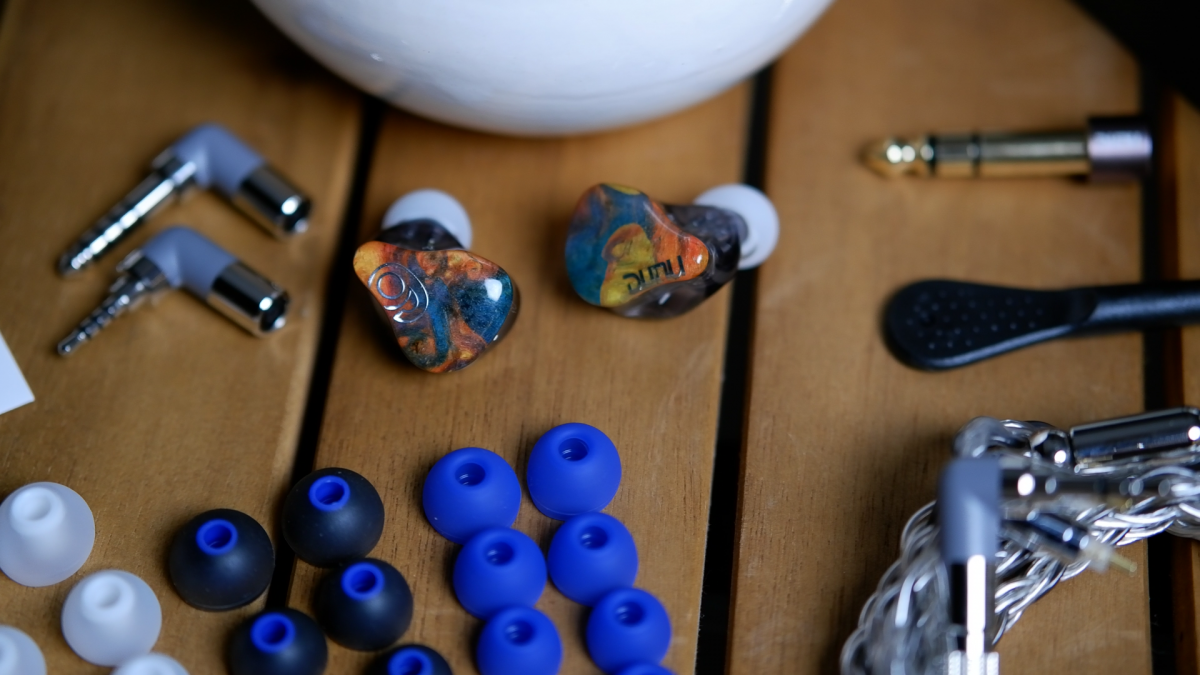
Last but definitely not least there is the stock cable, which is a silver-plated, 8-core, braided OCC cable measuring 1.2m in length. For the headphone side, it’s using 2-pin connectors, and then on the source-end it features Dunu’s modular plug system, which is a locking mechanism that allows you to swap between the included 3.5mm single-ended, 4.4mm balanced, and 2.5mm balanced terminations.
Build and Comfort
The build on the SA6 is both very sturdy, and visually appealing. Similar to the Blessing 2 , it’s using a resin, see-through shell that although tinted a bit darker, does allow you to peek into the IEM’s components. As for the faceplates, Dunu has utilized beautiful pieces of stabilized, solid wood that are dipped in ink of varying colors, which results in no two sets of SA6 headphones looking the same.
As for comfort, the SA6 is excellent, and it’s the IEM that I’ve found easiest to wear in prolonged listening sessions. Like the Blessing 2, it’s on the larger side for IEMs, which could cause some discomfort for users with smaller ears. However, the chassis features an incredibly well-contoured mold that naturally fits with the shape of the human ear. Also worthy of mention is that with the abundance of eartips included, I’m sure that users won’t have a hard time finding a set that fits their ears nicely and achieves a good seal.
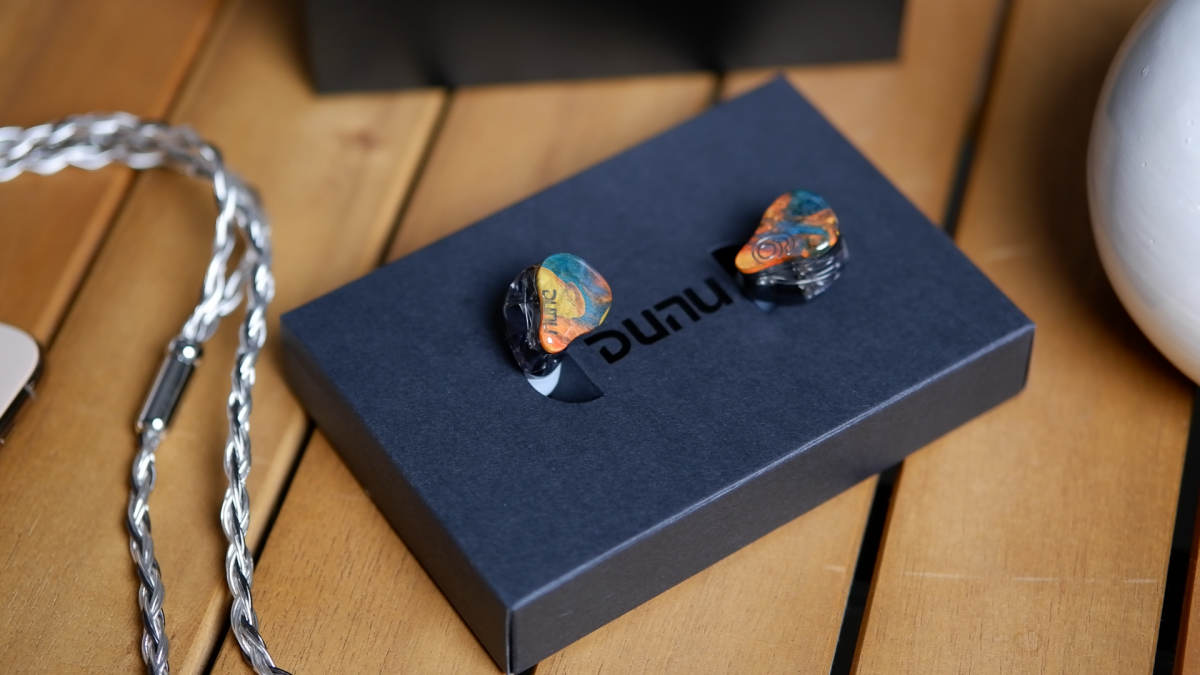
Sound
For its driver configuration, the SA6 is using six balanced armature drivers: two Sonion AcuPass Vented Dual Woofers for bass frequencies, two Knowles custom midrange drivers, and a Knowles custom dual tweeter driver for the treble frequencies.
First Impressions
When I first sat down to listen to the SA6, I was immediately reminded of the Blessing 2, an IEM that I enjoyed very much when I reviewed it, and one that still serves as my tonal benchmark for IEMs today. It’s got a pleasant and musical presentation, with a balanced tonality that I would describe as being slightly-warm-to-”neutral.”
Bass
The bass region on the SA6 sounds to me as though it’s adequately contoured. It’s got a well-defined bass shelf under 150hz, that for my tastes and preferences sits at just the right level, offering some warmth and depth for the bass region–even more so than the Blessing 2. In case you want more bass, though, the SA6 has a switch at the back of the unit that allows you to activate what Dunu has dubbed their “Atmospheric Immersion” mode when set to the “on” position, and it’s essentially a bass boost… Admittedly, it’s not the most pronounced boost, as it sounds to me as though there is less than a 5dB increment when activated, but having the option to draw a little more rumble out of the headphone is a welcome addition.
Now, if there was one thing that particularly stood out to me from the SA6’s bass region was that although the lows were actually very present, they didn’t deliver much of an impact, which is not very surprising given that the SA6 does not feature a dynamic driver. Aside from that, though, I really enjoyed the SA6’s bass response; it was remarkably articulate for an IEM in his price bracket, and it was still properly textured.
Mids
I think the midrange on the SA6 is fantastic, with a rich body and lush overtones. Compared to the Blessing 2 which could occasionally come across as just slightly shouty, the SA6 has an upper midrange that instead feels cooled-down a touch, but it still has good presence. Overall, it’s a delightful and linear midrange tuning that feels organic, and keeps vocals and instruments like pianos sounding very natural.
Highs
The treble region on the SA6 is for the most part quite warm, though I did find it to be just ever so slightly uneven. To me it sounded as though there was a bit of an emphasis between 6.5-8K. Thankfully, this was fairly subtle, it didn’t really introduce any sibilance, and it didn’t make the SA6 fatiguing in any way. However, I did find that certain instruments’ timbre could feel slightly off as a result. Listening to electric guitars, for example, it did feel as though some of their upper harmonics were somewhat unnaturally brightened, and in turn they sounded a bit tinnier. Similarly, there were certain percussive instruments like snare drums which had a more pronounced bite, or cymbals which had a more present sizzle.
Once again, I’ll reiterate that this was subtle, and I personally didn’t find it as bothersome as the Blessing 2’s 5K peak, or the 6K peak on the Polaris. It’s still a good tuning for the treble range that extends nicely into the upper registers above 10K, and properly nuances the highs.

Resolution
For detail retrieval and overall image clarity the SA6 delivers outstanding performance for its price bracket. Throughout the entire frequency range the SA6 produces a stable and pristine image of the music, with vocal and instrument lines remaining well-textured and structured even during busy passages. I personally feel as though in this regard the SA6 is well ahead of the other IEMs I’ve tried in this price bracket, surpassing even the Campfire Audio 2020 Andromeda , and getting dangerously close to the likes of the Sennheiser IE900–both which more than double the SA6 in price.
Soundstage, Imaging, and Layering
For its soundstage presentation, I’d definitely describe the SA6’s as being pretty intimate. Despite the small stage it has to work with, though, it creates a decently spacious listening atmosphere by virtue of its instrument separation and imaging.
The SA6 has got pretty good left-right localization and seemingly no gaps that might break the soundstage, which allows it to easily delineate the position and directionality of sound. Then as for its layering, the SA6 is adept at distinguishing the different vocal and instrument lines in the mix, giving them their own defined space within the stage. Listening to complex passages like those played in Buena Vista Social Club’s “El Cuarto de Tula,” it’s remarkable to see how well the SA6 keeps up for an IEM and gives instruments appropriate spatial definition.
Dynamics
Previously, I noted that the omission of a dynamic driver in the SA6 means that unfortunately it won’t really do much in the way of delivering a strong sense of punch and slam. That’s not to say that it won’t carry any impact in the lows, but it’s definitely outperformed in this regard by pretty much all the other IEMs I’ve reviewed. Now, the SA6 does slightly redeem itself as it does retain some of the tactility in the upper registers. Listening to instruments like acoustic guitars you can get a feel for the attack of strings being plucked, and percussive instruments will also have the distinct snap that follows a strike. I suppose that what I mean to say is that if I was looking for a punchy IEM, I would not have the SA6 as my first pick.
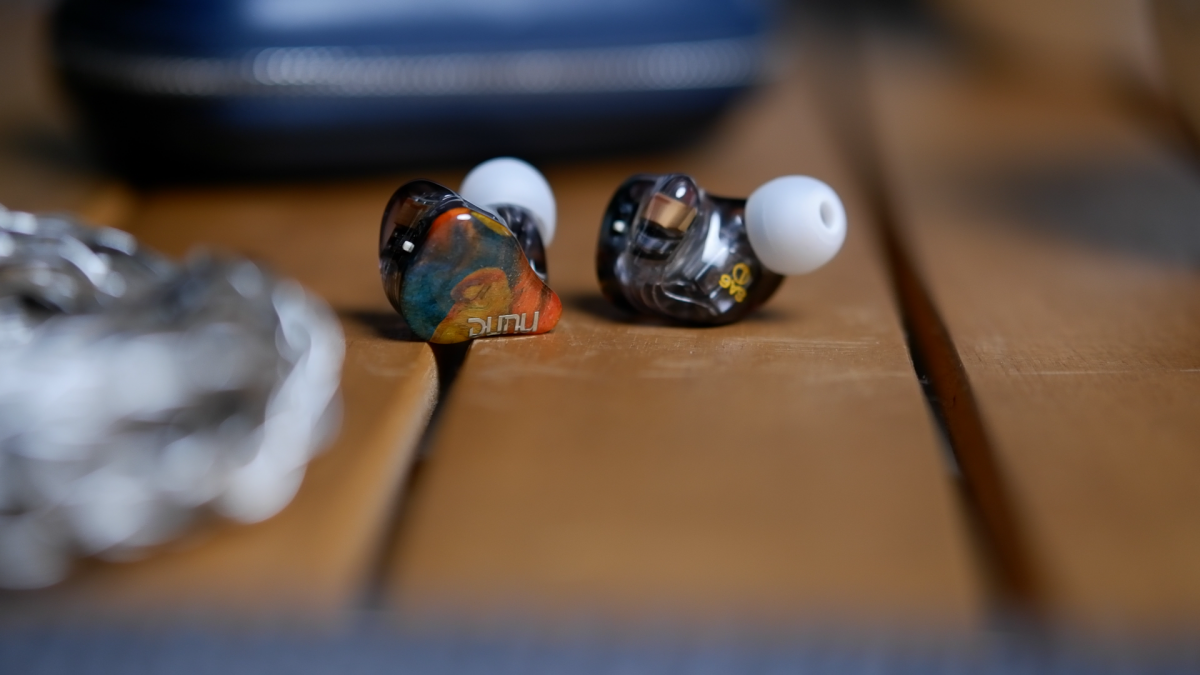
Conclusion
As I mentioned earlier, the SA6 reminds me quite a bit–in both tonality and presentation–of the Blessing 2. However, to me, the SA6 feels like a refinement. The tonal differences that the SA6 has to the Blessing 2 are almost exactly the ones I would have personally wanted to see had I used EQ on the latter. Additionally, I appreciate the soundstage and detail retrieval gains that the SA6 offers, even if it concedes in the dynamics department.
I think that for the listening experience it delivers at $549.99, the SA6 undoubtedly sets a standard for IEMs under $1000. Needless to say, then, with its excellent tonal balance and technical performance, the SA6 gets a very strong recommendation from me–it’s a great headphone that is definitely worth experiencing.
-Chrono
Watch the video review:
---
Buy the Dunu SA6 at Headphones.com for the best available price.
Discuss the Dunu SA6 on the HEADPHONE Community Forum here.
---
